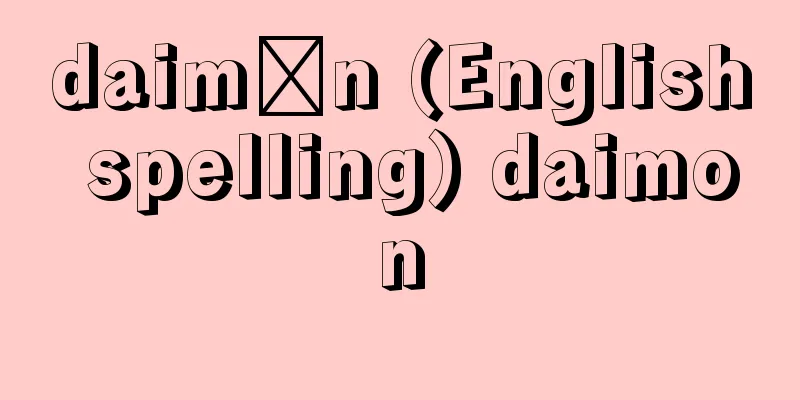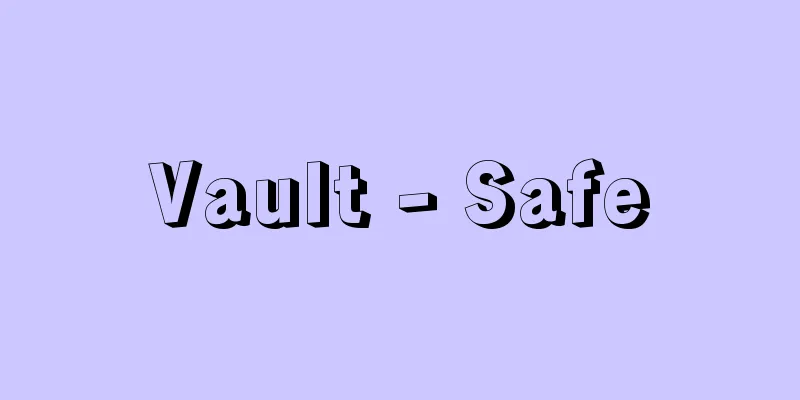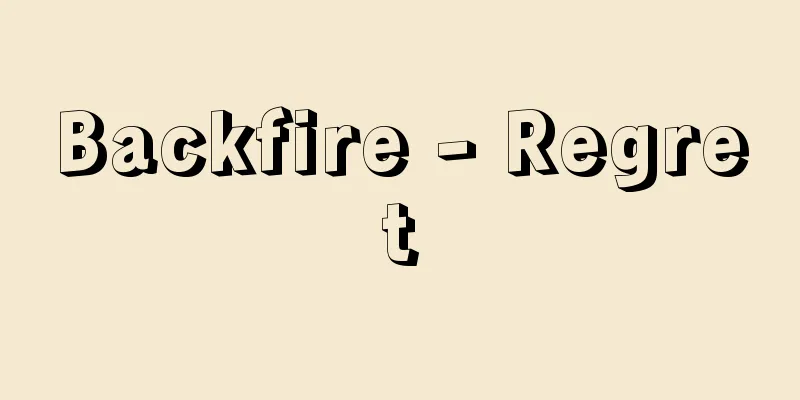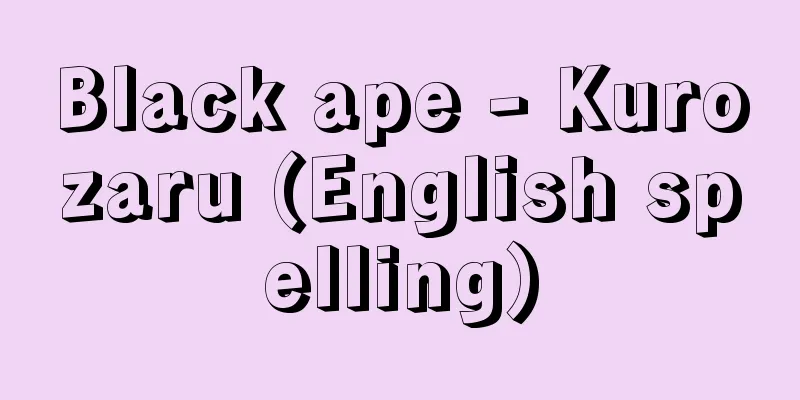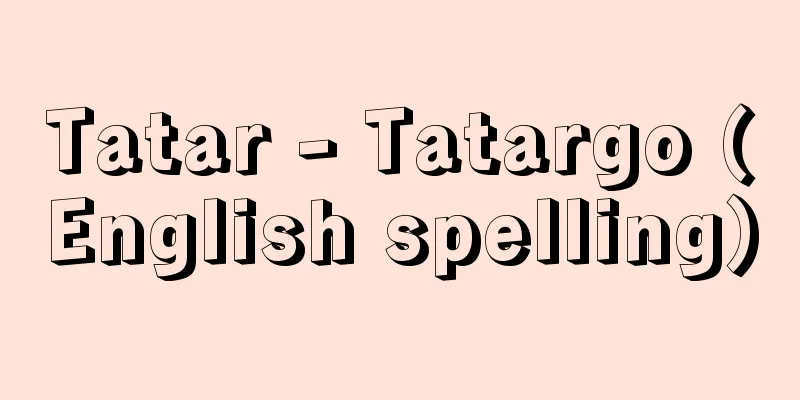《Chinese words (■1) Vocabulary》 - Kango pininshi
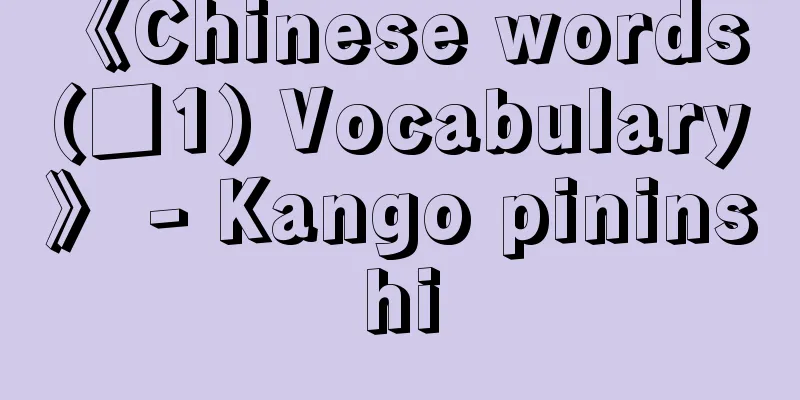
|
…Both of them have changed their forms one after another since then, but they are still alive and well, and it seems that today, Ciyuan is aimed at reading classical Japanese, while Cihai is aimed at a small encyclopedia. There are no complete pronunciation dictionaries that do not use parent characters, except for Chinese works such as Kango Onshi Hui (1958), which are vocabulary dictionaries without explanations. [Yujiro Ozaki] *Some of the terminology explanations that refer to "《Chinese words (■1) Onomatopoeia》" are listed below. Source | Heibonsha World Encyclopedia 2nd Edition | Information |
|
…両者ともその後次々に形を変えながらともに健在で,いま《辞源》は古典読解用,《辞海》は小百科的なものを目ざしていると見える。〈親字〉を利用しない完全な発音引き辞典は,中国の著作としては《漢語音詞彙》(1958)など,解説を伴わぬ語彙集以外には,まだない。【尾崎 雄二郎】 ※「《漢語(■1)音詞彙》」について言及している用語解説の一部を掲載しています。 出典|株式会社平凡社世界大百科事典 第2版について | 情報 |
<<: Overview of Chinese dialects
>>: Measures for protection - Kango no sochi
Recommend
courier
...The diplomatic missions discuss and sometimes ...
Onomichi [city] - Onomichi
A city in the southeastern part of Hiroshima Prefe...
Sagain - Sagain
Emperor Saga's villa in Saga, west of Kyoto. I...
Costume - Kinumo
A coat and a skirt. Clothing. [Book of Changes, Ci...
Besteiro (English spelling) Julián Besteiro
1870‐1940 Leader of the Spanish Socialist Party. B...
Tula
Tula is the capital of the Tula region in western ...
Heat of dilution - Kishakunets
The heat released or absorbed when a solution of ...
Mochalov, PS (English spelling) MochalovPS
… Griboyedov's Sorrows of Wit (1824-28), Push...
Agatha Christie
This is the product name of a writing instrument b...
Nationalist Association (English: Associazione Nazionalista Italiana)
An Italian political organization founded in 1910....
origin and destination survey
...A survey conducted to understand the origin an...
Oppekepe
This song became popular in the middle of the Meij...
Michihiko
A haiku poet of the mid-Edo period. A member of th...
Actophilornis africana (English spelling) Actophilornis africana
...As soon as the chicks hatch from the eggs and ...
Amun
…Ancient Egyptian god. Amon, sometimes written as...
![Fukui [city] - Fukui](/upload/images/67ccaf81e2bed.webp)
